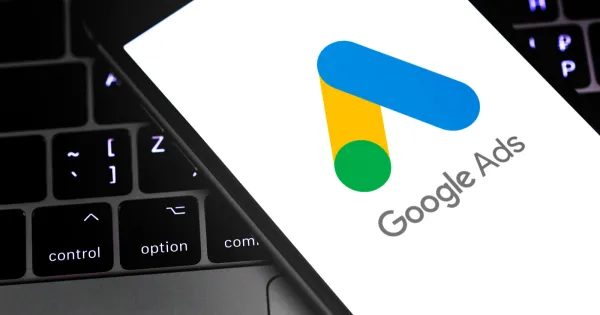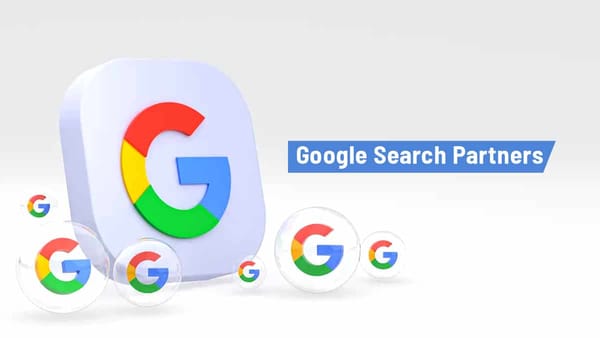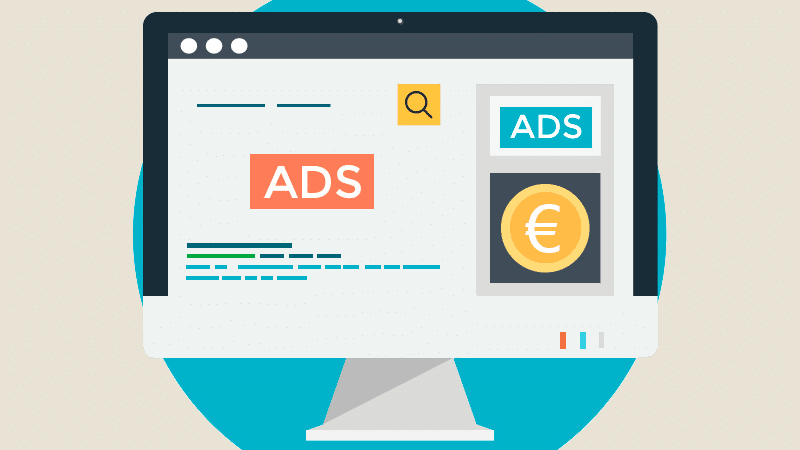Web Design with Python: How Python Powers Modern Web Development

Introduction
In the world of web development, Python has established itself as one of the most powerful and versatile programming languages. Traditionally associated with back-end development and data science, Python has also made a significant impact on web design and development. While languages like HTML, CSS, and JavaScript are the foundation of front-end design, Python can play a critical role in building dynamic, responsive, and user-friendly web applications. In this article, we'll explore how Python is used in web design, its benefits, and how it complements other web technologies.
What is Web Design with Python?
Web design typically refers to the process of creating the layout, structure, and visual elements of a website. While Python isn’t a traditional front-end design tool like HTML or CSS, it can be used to build back-end systems, handle server-side logic, and generate dynamic content for web applications. In web design, Python powers the back-end processes while other technologies handle the design, ensuring a seamless user experience.
Python can be integrated into web design through frameworks and tools that make it easier to develop dynamic websites. The most popular Python frameworks used in web development include:
- Django: A high-level web framework for building robust web applications quickly.
- Flask: A lightweight, micro-framework used for smaller applications.
- Pyramid: Another framework offering flexibility for developing web apps.
By using Python with these frameworks, designers and developers can create websites that are both visually appealing and functionally rich.
How Python Contributes to Web Design
- Back-End Development
Python is primarily known for back-end development. It handles tasks like managing databases, processing data, and generating dynamic web pages based on user interaction. When paired with front-end technologies like HTML, CSS, and JavaScript, Python ensures that the website works efficiently behind the scenes.- Database Integration: Python easily integrates with databases like MySQL, PostgreSQL, and SQLite. It allows for quick retrieval of information and ensures smooth database interaction.
- Dynamic Content Rendering: Python-powered web applications can serve dynamic content based on user requests, ensuring personalized user experiences.
- Web Frameworks for Python
Python frameworks like Django and Flask make it easier to develop websites with well-structured code. These frameworks provide built-in tools for tasks such as:Django, for instance, is often used in large-scale web applications due to its scalability, security features, and built-in tools for tasks such as authentication and URL routing.Flask, on the other hand, is more lightweight and is perfect for smaller web projects that don’t require the full complexity of Django.- Routing: Directing user requests to appropriate pages.
- Security: Helping to prevent common security vulnerabilities.
- Template Systems: Allowing developers to separate the design and back-end logic by creating reusable templates for web pages.
- Building RESTful APIs
Python can also be used to build RESTful APIs (Application Programming Interfaces). These APIs allow different systems to communicate with each other, often enabling the integration of front-end applications with back-end data. Web designers may not be directly involved in creating APIs, but the ability to interact with them allows the front-end design to be more interactive and data-driven.- Flask and Django REST Framework: These Python frameworks simplify the process of creating RESTful APIs, providing the tools to create endpoints that can interact with front-end technologies.
Benefits of Using Python for Web Design
- Efficiency and Speed
Python’s simplicity and readability make it an efficient language for web development. Developers can focus on building features without having to deal with complex syntax. Frameworks like Django and Flask also provide pre-built functionalities, which help developers save time. - Scalability
Python frameworks are highly scalable, meaning they can handle both small and large applications. Whether you're building a personal blog or an enterprise-level web application, Python’s scalability ensures that the website can grow as your needs evolve. - Versatility
Python can be used across the entire stack, from back-end to front-end development. While it might not be the first choice for front-end design, its ability to handle the server-side makes it incredibly versatile for full-stack development, allowing web designers and developers to work seamlessly together. - Cross-Platform Compatibility
Python is a cross-platform language, meaning that applications written in Python can run on various operating systems without requiring changes to the codebase. This is particularly useful for web applications that need to run across multiple platforms, such as desktops, tablets, and mobile devices. - Large Community and Libraries
Python has an enormous community of developers who contribute to a vast range of libraries and resources. This community support makes it easier to find solutions to problems and improve the quality of your web design projects.
Combining Python with Front-End Technologies
While Python is excellent for back-end development, it needs to be paired with front-end technologies like HTML, CSS, and JavaScript to create complete websites. Here’s how Python integrates with front-end design:
- HTML: HTML forms the structure of the website, creating the page layout and content areas. Python handles dynamic content, ensuring that what’s displayed on the page changes based on user interaction or database queries.
- CSS: CSS is responsible for styling the web page, defining the look and feel of the design. Python doesn’t interact with CSS directly, but it plays a critical role in rendering dynamic content that is then styled using CSS.
- JavaScript: JavaScript is used for interactivity and client-side scripting. It works alongside Python to create websites that update content in real-time without requiring a page reload, such as loading new information or submitting forms.
By using Python with these technologies, developers can create highly dynamic and interactive websites that offer rich user experiences.
Python for Web Design: Real-World Applications
- Content Management Systems (CMS): Django, one of Python’s most popular frameworks, is used to build custom content management systems. These systems allow non-technical users to update website content without needing to know how to code.
- E-commerce Sites: Python’s scalability and flexibility make it an ideal choice for building e-commerce websites. Frameworks like Django can be used to create secure and high-performance online stores.
- Social Media and Networking Sites: Many social media platforms and networking websites use Python for back-end development. The language's ability to handle complex data operations makes it perfect for managing user interactions, profiles, and content feeds.
Conclusion
Web design with Python may not be the most traditional approach, but it is undeniably powerful. Python’s versatility and the efficiency of its frameworks, like Django and Flask, have made it a popular choice for back-end development, especially when combined with front-end technologies. By learning Python, web designers and developers can enhance their ability to create dynamic, scalable, and interactive websites, making it an excellent choice for those looking to expand their skillset and advance their careers in web design.




